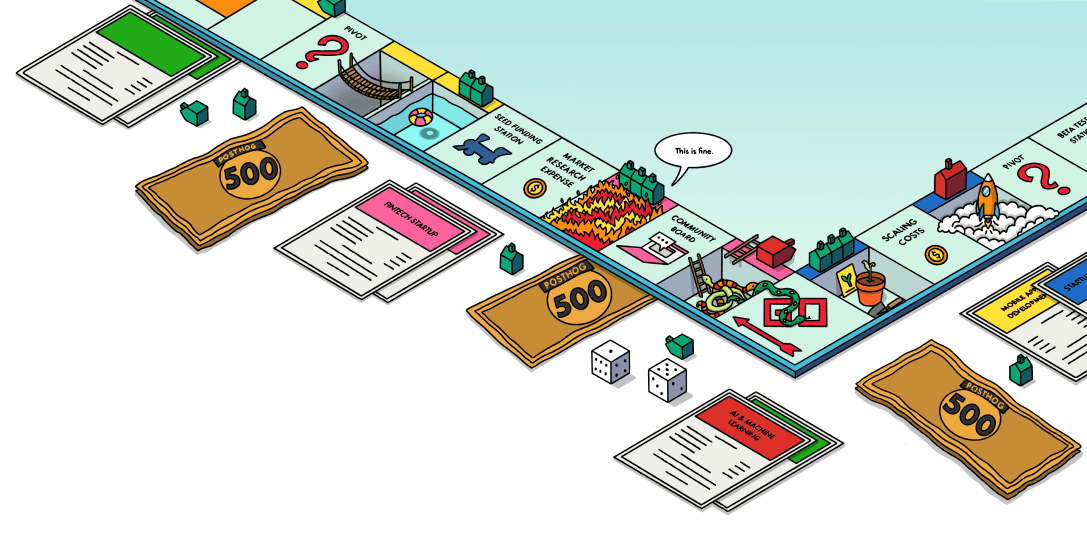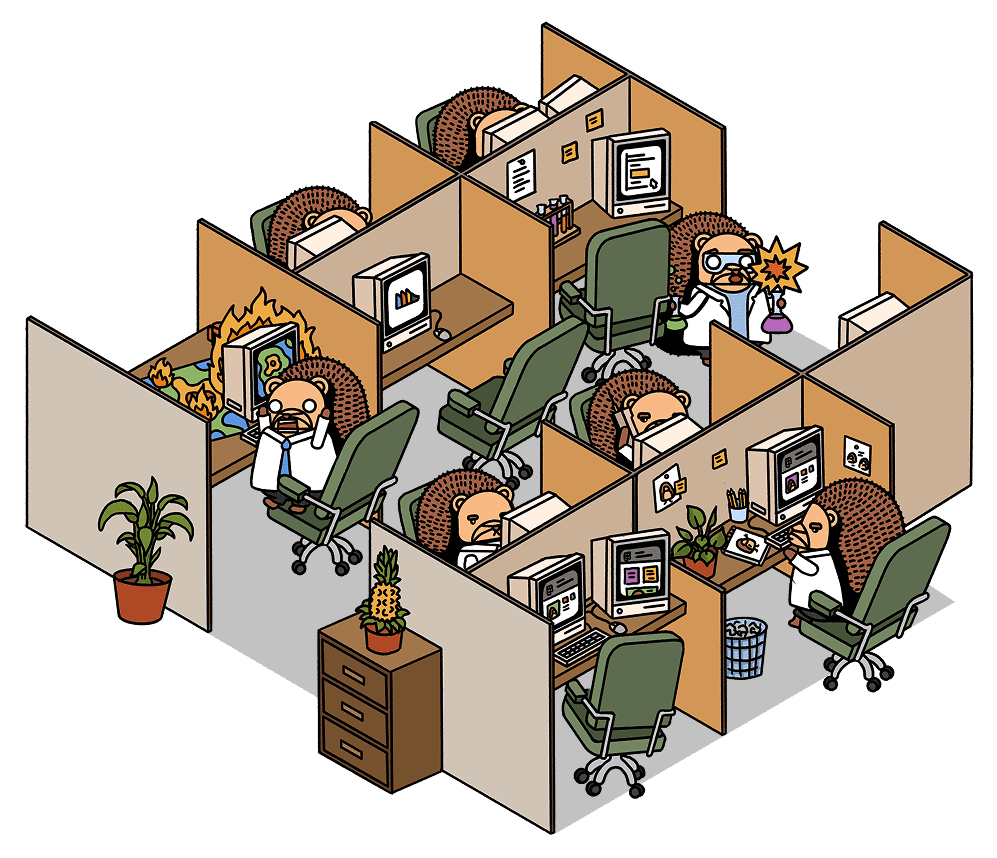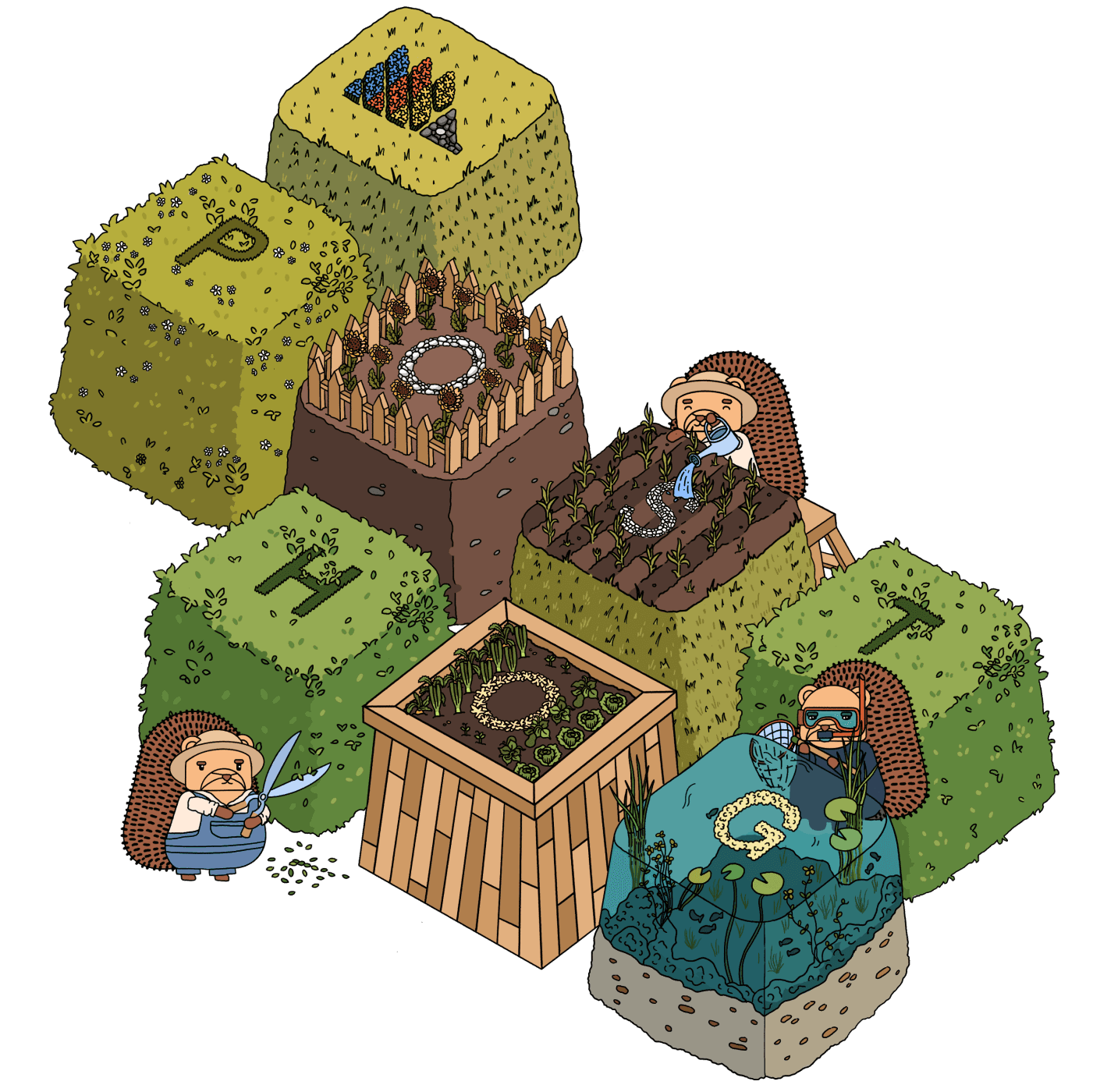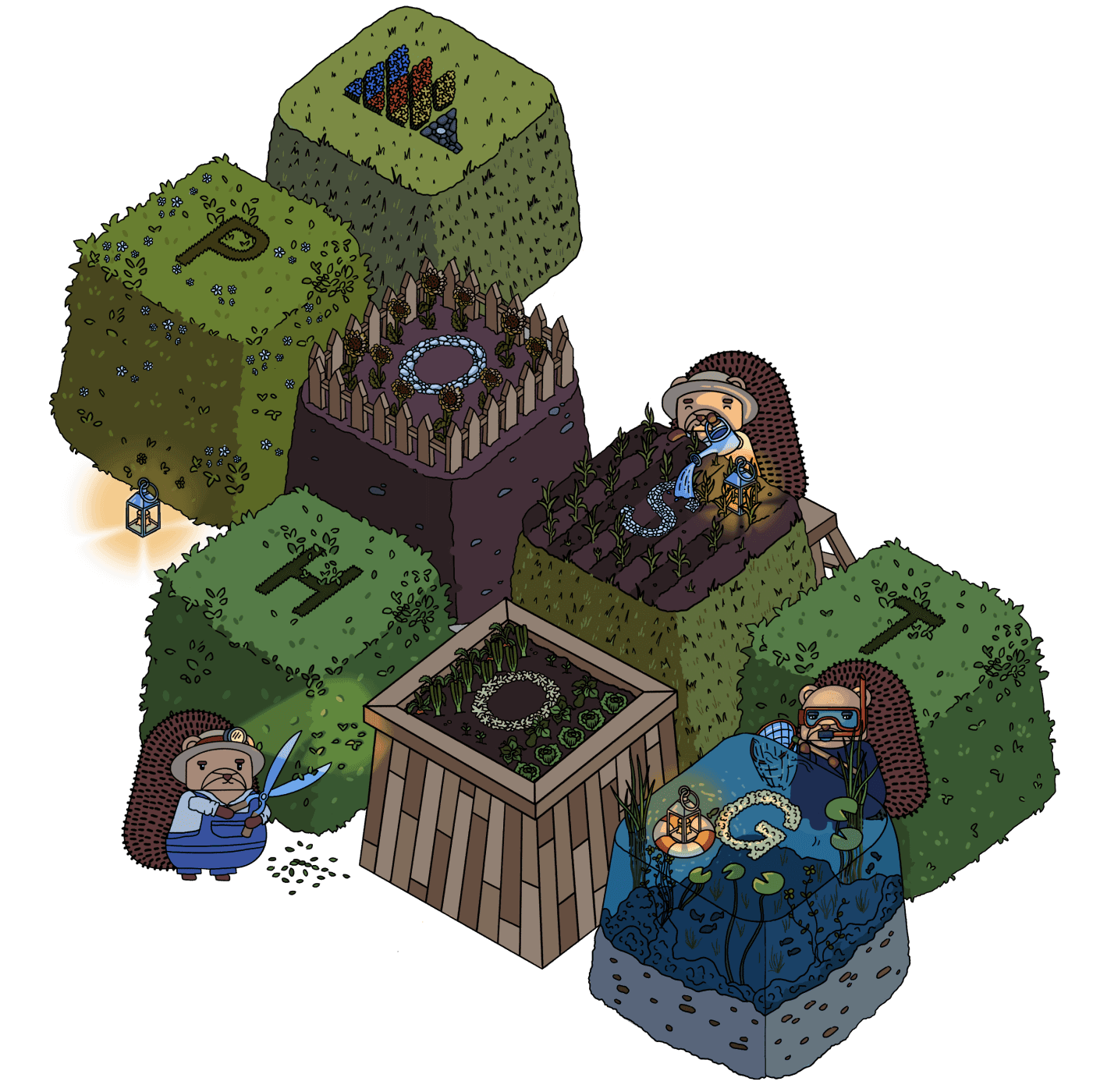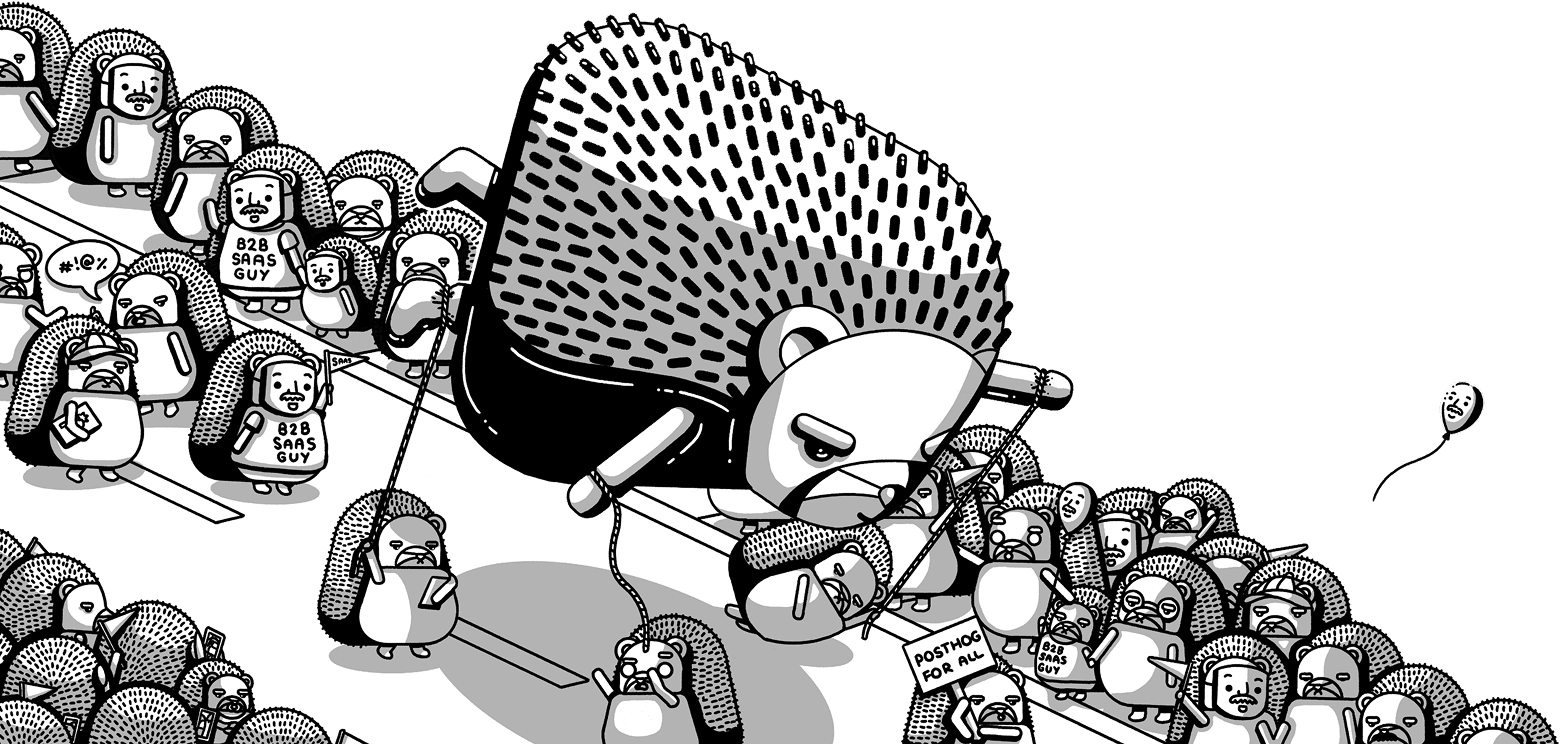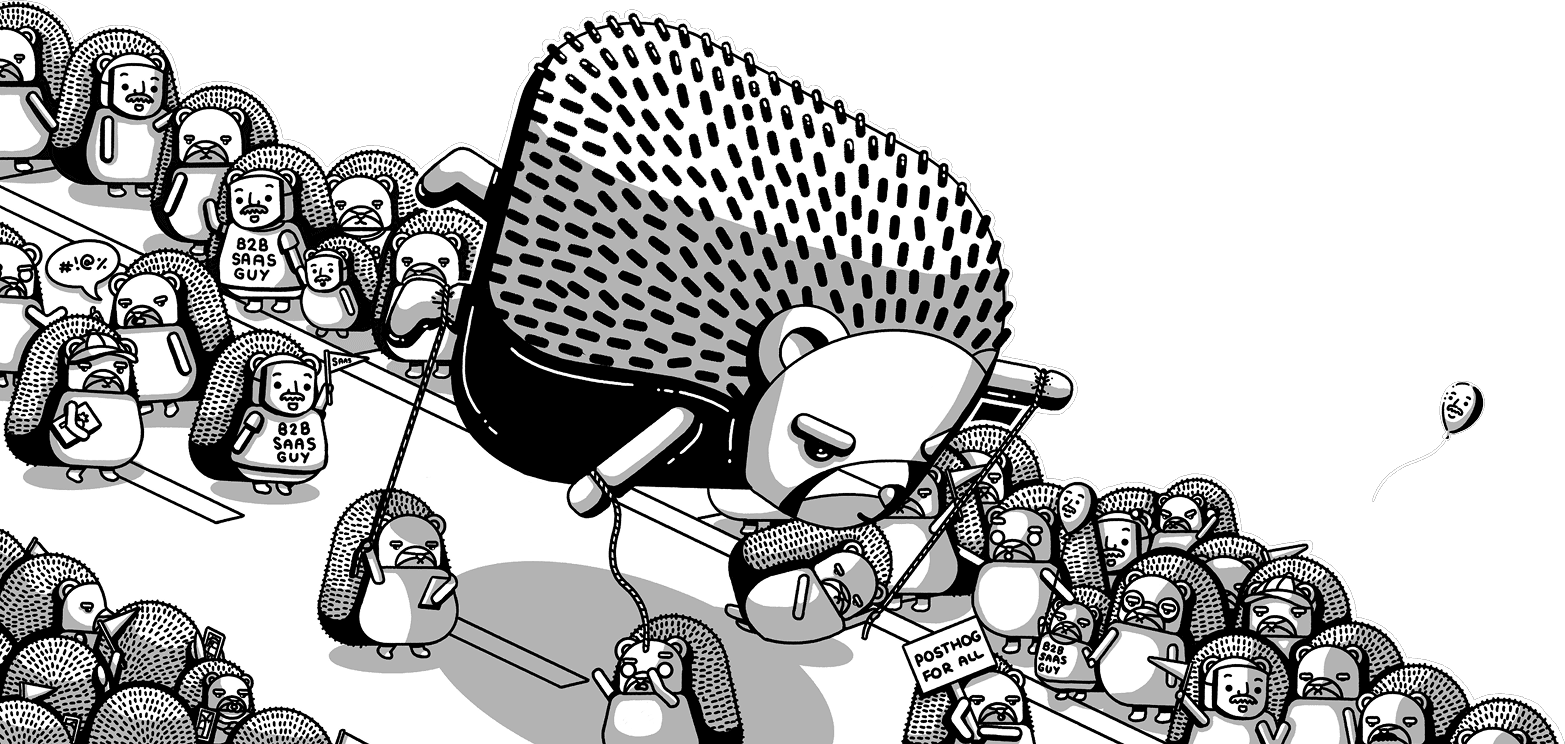
HogMail #18: What can SaaS learn from the New York Times?
Dec 08, 2022
Contents
Welcome to HogMail, our newsletter featuring the best of the PostHog blog, tutorials, product guides, and curated articles on building great products and companies. We send it every two weeks. Signup here so you don't miss it.
Sad news, newsletter friends, this is the last HogMail of 2022! Normal service will resume on Jan 4, 2023.
Here are some HogMail stats to commemorate our first year:
- Average open rate of 47.9%. This is 🔥, as the cool kids say.
- We have 974 subscribers, a 47.5% increase since HogMail #1.
Yes, I know those two numbers are weirdly similar. Sue me.
The most popular articles this year:
- How we found our Ideal Customer Profile – 56 clicks
- How (and why) our marketing team uses PostHog – 50 clicks
- How to run a transparent startup – 48 clicks
- How we made something people want – 45 clicks
- All the cool things we built at our Rome hackathon – 45 clicks
Mental note: y'all love articles with 'how' in the title, eh? Thanks for your support.
– Andy Vandervell, Word Typer-in-Chief
#new-from-posthog
Why raising money is less stressful than bootstrapping: CEO James explodes 🤯 some preconceptions about raising startup capital. Agree, disagree? Hit him up on Twitter.
What is a product engineer (and why they're awesome): What happens when a full-stack engineer and a product manager have a baby? They produce the ultimate startup employee.*
How to use filters + session recordings to understand user friction: Funnels may tell you where users are experiencing friction within your product, but only session recordings can show you why.
A non-technical guide to understanding data in PostHog: You don't need to be a data scientist to understand "the data". Use these hacks to learn.
#very-good-reads
Kyle Poyar on what SaaS companies can learn from the New York Times it's all about usage paywalls:
- Kyle highlights how usage limits like The Times' original 20 article per month limit are increasingly effective for PLG companies. He cites Zoom (40 min limit) and Miro (3 editable boards) as examples of effective "free-to-paid" models.
- Usage paywalls can also be used to increase revenue among heavy users, or incentivize changes in behavior. Users who pay SurveyMonkey monthly have a monthly cap; annual plans have an annual cap, giving those users more flexibility and making annual plans more attractive.
- Key point: usage limits allow companies to make their product "affordable for new customers while still expanding existing customers with high switching costs."
Why can’t we all just get along? is a thoughtful challenge on how silos develop through a bias to specific specializations:
- Companies that call themselves engineering, data, or product-led tend to generate their own unique anti-patterns, such as building things "at the expense of why" or silos where product managers make all the decisions.
- An important way to avoid this is to recognize "disciplines and specialisms are not the same as roles". Roles overlap and this makes for better collaboration and outcomes.
- Go beyond T-shaped people and look for broken comb people – i.e. people who go deep in two or three areas, but also have shallow skills in a few others.
#also-good-reads
- Renewal vs Retention: Getting our ducks in a row – a practical guide to measuring renewal and retention and the important ways they're different.
- What if failure is the plan? – an exploration of how social networks (imperceptibly) collapse. Cites examples from MySpace and an amusing anecdote about a dating website with a fake profile problem.
- Goodbye, Data Science – a revealing blog post about how "insane management" ruins the lives of data science people everywhere. We've all been here.
- Google has a company strategy, not a product strategy – an ex-Google and Microsoft PM on two fundamentally different working cultures. Side note: it's 2022 and we're still talking about Google Reader. RIP.
- How The New York Times Uses Machine Learning To Make Its Paywall Smarter – one for the data science and ML fans out there.

Subscribe to our newsletter
Product for Engineers
Read by 100,000+ founders and builders
We'll share your email with Substack

